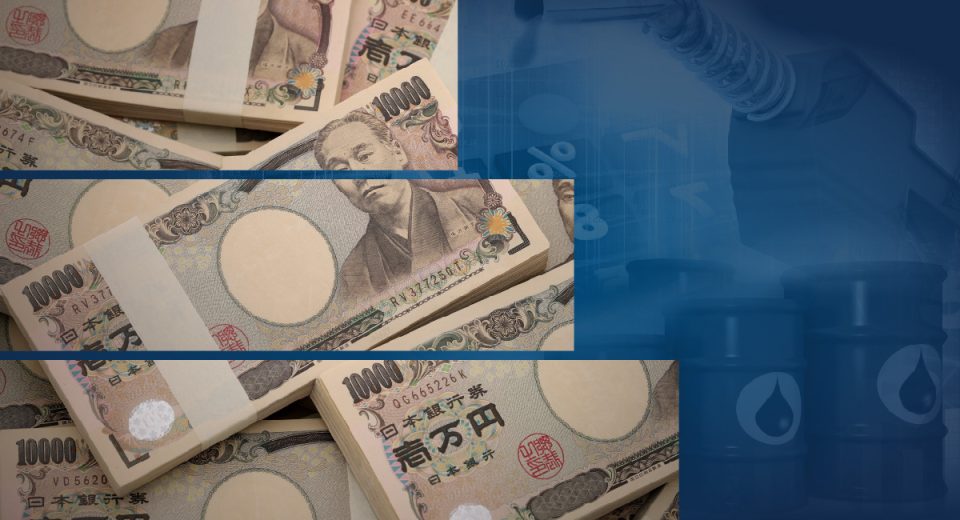Why India and China are Dictating Gold Price Action

Gold price rallied at the beginning of May 2025 to a two-week high when the Chinese markets reopened after a long holiday weekend and geopolitical tensions between India and Pakistan peaked. We know that the precious metal is considered a safe-haven asset that traders flock to during times of economic and market uncertainty. But did you know that developments in India and China also play a significant role in moving the price of the yellow metal? Why do these two Asian nations have such a major impact? Here’s a detailed breakdown.
High Gold Consumption
Like other asset classes, gold price is also driven by supply-demand dynamics. India and China are the world’s largest consumers of gold, primarily for jewellery, investment and cultural traditions. China was the world’s largest producer and consumer of gold till 2024, when India overtook the Red Dragon as the world’s leading gold jewelry consumer. In 2024, India’s gold jewellery consumption reached 600 tonnes, surpassing China’s 575 tonnes. However, China remains a major consumer, with significant demand for gold in both investment and industrial applications.
Central Bank Reserves
The Indian central bank, the Reserve Bank of India (RBI) has been amassing gold reserves over the past several years in an attempt to diversify its foreign exchange reserves portfolio away from the US dollar. By March 31, 2025, the RBI’s gold reserves totalled 879.58 tonnes, up from the 854.73 tonnes recorded on September 30, 2024. This represents a consistent year-on-year increase in the gold reserves since 2021.
The People’s Bank of China (PBoC) has also been increasing its gold reserves, with China being among the top 5 countries with the highest gold reserves. The PBoC increased its gold holdings from 2279.56 tonnes in Q4 2024 to 2292.31 tonnes in Q1 2025, reaching an all-time high. However, many analysts speculate that China’s gold reserves could be much higher, since the country’s central bank has not revealed its official reserves for several years.
Gold price surpassed $3,500 per troy ounce for the very first time in history in April 2025, driven largely by the PBoC increasing its gold purchases.
Safe Haven Investment
There is a long tradition of investing in gold among Indians. Gold coins and jewellery are gifted on special occasions and stored carefully for a rainy day. Items made of the precious metal are also passed on from generation to generation. The yellow metal is viewed as a store of eternal value that will come to the holder’s rescue in an emergency. According to some reports, Indian households might hold more than 25,000 tonnes of gold, which is more than the combined reserves of the top 10 central banks worldwide.
Meanwhile, in China, both institutional and retail investors have been actively buying and holding gold over the past 15 years. This trend was further fuelled by the US-China trade war during President Trump’s first term and the geopolitical tensions over the past few years. The trend has gained significant strength since Donald Trump was sworn into office for his second term. US-China relations have a strong impact on China’s gold investment. A recent example of this was seen in the second week of June, when gold price fell as investors waited for the outcome of the trade talks between the two nations. Spot gold declined 0.1% to $3,324.55 an ounce, while US gold futures were down 0.3% at $3,343.40 on June 10, 2025.
Also, weakening currencies, like the Indian rupee or the Chinese yuan, can make gold more attractive to investors in these countries, further impacting the precious metal’s price.
Gold Trading Tips
There are multiple ways to trade gold. You can trade gold in its physical form or bullion, since gold is a store of value. But this tends to be expensive because you need to store the gold safely. You can also gain exposure via gold ETFs and stocks of gold mining companies. Plus, the precious metal can be traded via futures and options contracts. However, contracts for difference (CFDs) are perhaps the most popular way to trade gold. These derivative instruments do not require you to own the underlying asset, so no hassle of storing physical gold. Also, you can trade on leverage to magnify market exposure beyond the capital in your trading account.
It is important to note that risk management is crucial while trading with leverage, since higher market exposure translates into larger potential profits and losses.
Once you’ve chosen the instrument through which you wish to gain exposure to gold, here are some things to keep in mind:
- Geopolitical tensions and economic uncertainties move gold prices, making it important to follow the latest news and economic releases.
- Mastering technical analysis is important. Some of the most popular indicators for gold trading are the RSI, Bollinger Bands and moving averages.
- You can trade gold CFDs with short- and long-term strategies, such as position trading, news trading, trend trading, etc.
- Numerous expert advisors (EAs) are available for trading gold on MT4 and MT5.
- Gold has historically shared a negative correlation with the US dollar. Therefore, some traders use one to hedge against the other.
To Sum Up
- Developments in India and China tend to impact gold price.
- India and China are the highest consumers of gold.
- The central banks of both nations have been increasing their gold purchases in recent years.
- Gold has been a popular investment choice in India for centuries, while both retail and institutional investors in China have been actively trading gold.
- Gold can be traded in physical form, via ETFs and stocks and through derivative instruments, such as CFDs.
- Stay updated on news and economic releases and master technical analysis to trade gold.
Disclaimer:
All data, information and materials are published and provided “as is” solely for informational purposes only, and is not intended nor should be considered, in any way, as investment advice, recommendations, and/or suggestions for performing any actions with financial instruments. The information and opinions presented do not take into account any particular individual’s investment objectives, financial situation or needs, and hence does not constitute as an advice or a recommendation with respect to any investment product. All investors should seek advice from certified financial advisors based on their unique situation before making any investment decisions in accordance to their personal risk appetite. Blackwell Global endeavours to ensure that the information provided is complete and correct, but make no representation as to the actuality, accuracy or completeness of the information. Information, data and opinions may change without notice and Blackwell Global is not obliged to update on the changes. The opinions and views expressed are solely those of the authors and analysts and do not necessarily represent that of Blackwell Global or its management, shareholders, and affiliates. Any projections or views of the market provided may not prove to be accurate. Past performance is not necessarily an indicative of future performance. Blackwell Global assumes no liability for any loss arising directly or indirectly from use of or reliance on such information here in contained. Reproduction of this information, in whole or in part, is not permitted.




